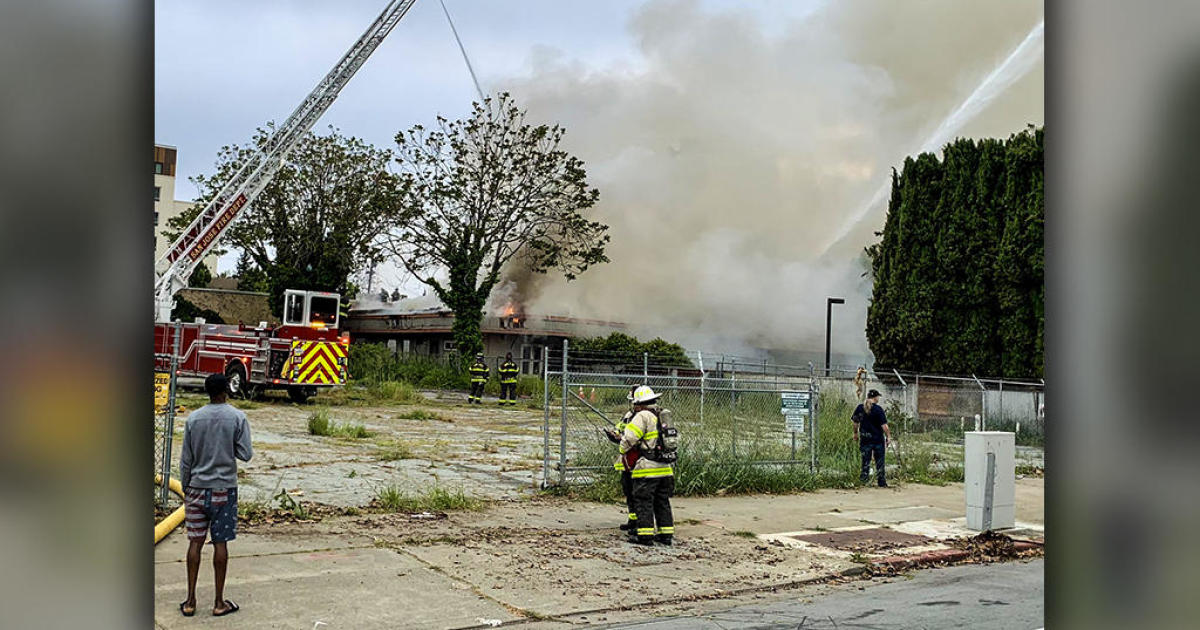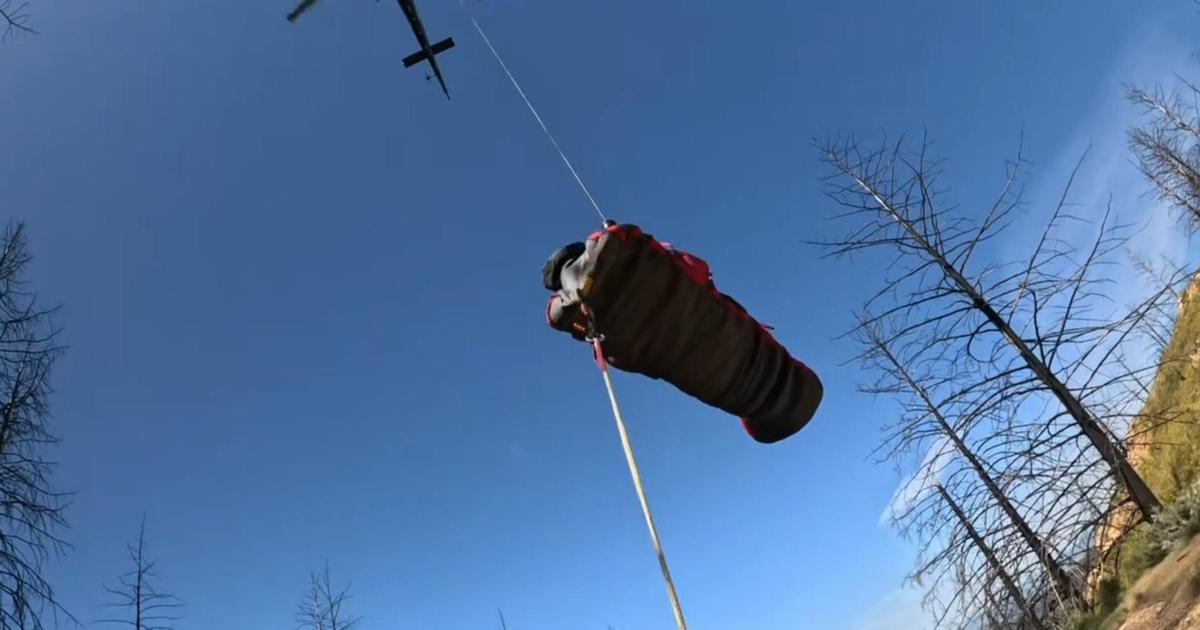SCU Lightning Complex: Containment Grows To 25 Percent; Lick Observatory Spared; Evacuation Orders Lifted
MORGAN HILL (CBS SF) -- Taking advantage of improving weather conditions, hundreds of firefighters along the SCU Lightning Complex battle lines stretching through several San Francisco Bay Area counties gained ground overnight on the second-largest wildfire in California history.
By daylight Wednesday, containment of the sprawling fire complex had grown to 25 percent with at least a dozen evacuation orders reduced to warnings. The latest evacuation order downgraded to a warning was for Stanislaus County Zone 7C, an area north of San Luis Reservoir and west of Interstate 5.
On Tuesday night, officials announced a number of evacuation orders had also been reduced to warnings in Santa Clara and Alameda counties. (Learn More)
"Fire activity has lessened due to favorable weather conditions and increased humidity across the complex," Cal Fire said in a Wednesday news release. " Deep-seated heat still remains in the bottom of the steep inaccessible drainages. During the evening fire crews held existing control lines around the fire perimeter continuing to both reinforce and add new containment lines."
SCU LIGHTNING COMPLEX FIRES
- Evacuation Info, Burn Zone Map, Fast Facts
- Evacuation Map
- Google Map of Fire Area
- Wildfire Shelter Map, Information
On Wednesday, fire crews will be setting control burns to further slow the fire complex's advance.
"When weather and conditions are favorable there will be a controlled burn operation inside the control line," Cal Fire officials said. "This controlled burn will widen the buffer and consume fuel between the edge of the fire and the control line. If residents see large columns of smoke it most likely will be from the controlled burn."
The SCU Lightning Complex fires that started Aug. 16 and have spread in Alameda, Contra Costa, Santa Clara, San Joaquin, Stanislaus, Merced and San Benito counties.
By Wednesday morning, the complex had burned 365,772 acres, was 25 percent contained, and had injured five -- three firefighters and two civilians.
The western ridge of the fire, bordering Fremont, Milpitas and San Jose, has not been contained but firefighters have bulldozed trees along the flank to create a dozer line and slow the spread of the fire.
"This entire west flank remains the number one priority in this instant because of the increased threat to public safety along with a lot of these populated communities and infrastructure risks as we move down the south," said Cal Fire Operations Section Chief Tim Ernst.
While officials said 20 confirmed structures had burned, that number was expected to rise dramatically when damage assessment teams begin touring the burn area.
Among the building saved from the fire was University of California's Lick Observatory which has survived more than 100 years atop Mt. Hamilton.
"It's indescribable to see flames, 200-foot flames go through," said Lick Observatory Superintendent Kostas Chloros.
Chloros said the flames surrounded the mountaintop last Wednesday afternoon with trees and brush exploding in fire.
"The fire was maybe 50 or 100 feet away and the brush would self-ignite just from the radiant heat," Chloros explained.
Chloros said observatory staff evacuated the night before but he stayed behind with CalFire crews and strike teams from Montclair, Porterville, Bakersfield, Tulare & San Luis Obispo.
They huddled in a safety zone next to the refracting telescope dome, and fought the fire when they could. Flames came within feet of their position but no one was injured and they saved the most of the observatory.
One unused but original building did burn to the ground but there could be as yet unseen damage to the telescopes.
"With all the smoke, ash and so on. We'll have to see how the equipment, the mirrors, the instruments, what the damage is there. But we're very relieved that the entire site received minimum damage," Chloros said.



